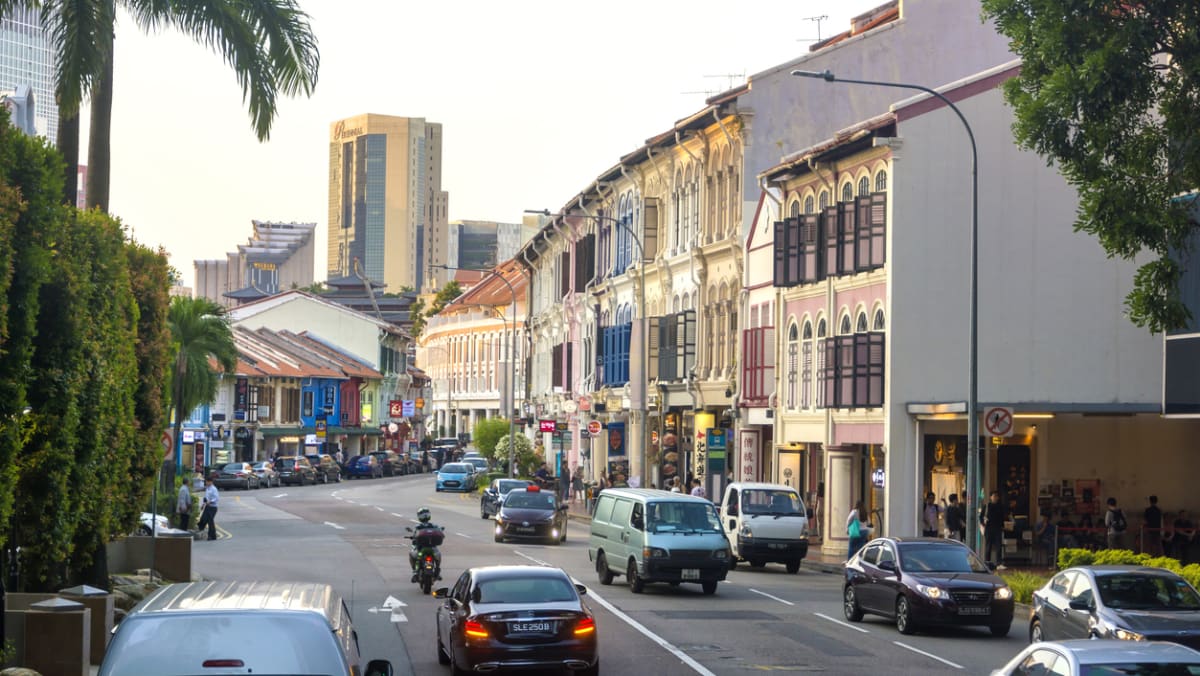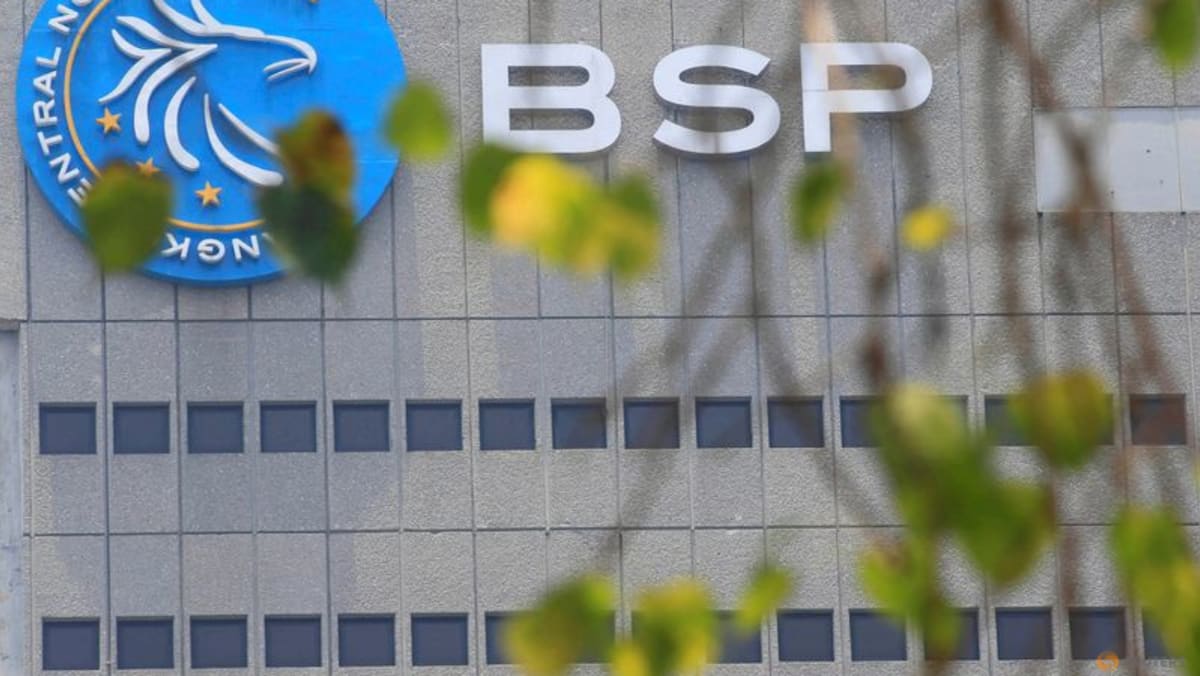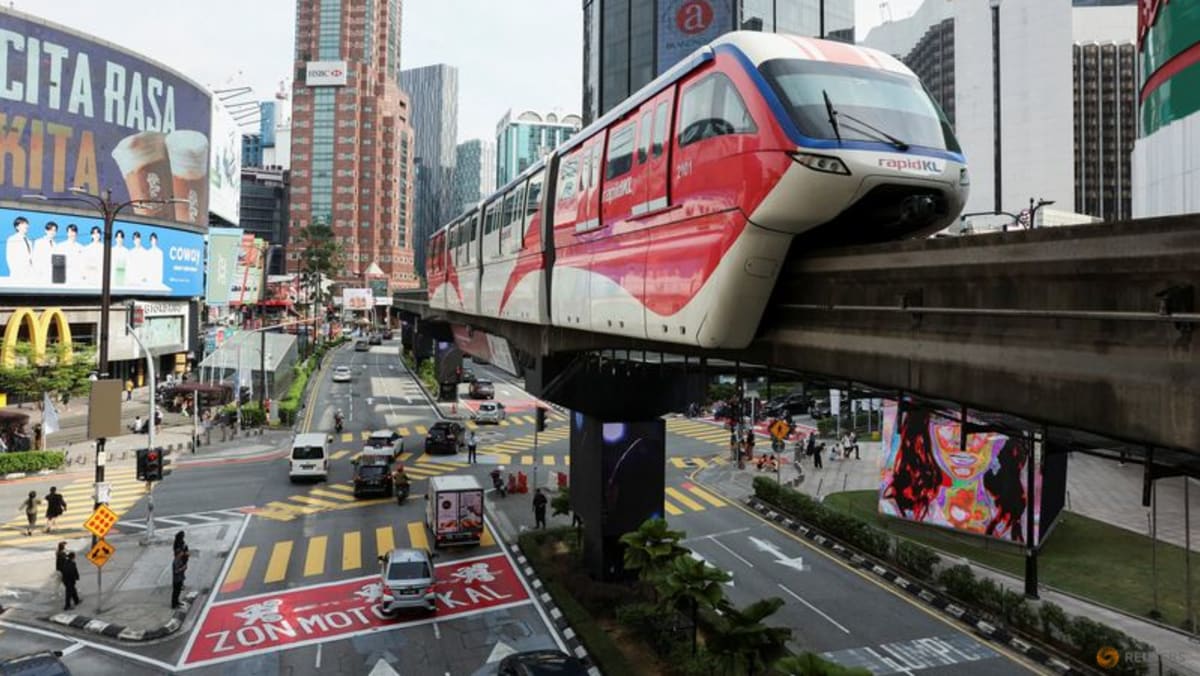SHOULD THE GOVERNMENT INTERVENE?
Singapore’s stance on commercial rents has long been laissez-faire with an emphasis on free markets. But intervention does not have to mean drastically deviating from these principles, provided it is scoped, spatially precise and transparently implemented.
In addition to zoning or conservation tools that Singapore already uses, rent control or lease protection can be confined to specific precincts, such as URA’s Identity Nodes already recognised as distinctive neighbourhoods or for specific types of businesses. These could include subsidies, right-of-renewal clauses or escalation caps to prevent excessive volatility.
Singapore Tenants United for Fairness (SGTUFF), a cooperative of business owners, has suggested linking rent increases to the Consumer Price Index (CPI). This approach is worth exploring, as an appropriate peg could stabilise lease renewals while still preserving landlords’ real returns.
The CPI is a reasonable and transparent benchmark, reflecting general inflationary trends and cost-of-living pressures.
Whether it is the most suitable peg, however, depends on context. In some cases, CPI alone may not capture the dynamics of high-demand retail corridors; in others, it may offer a fairer basis for negotiation. The key lies in identifying the right variation, such as pegging rent to the CPI plus a modest premium, or tailoring adjustments based on location or tenancy profile. Such frameworks could introduce predictability and fairness, without unduly distorting market mechanisms.
.JPG?itok=JNKHU-Am)











